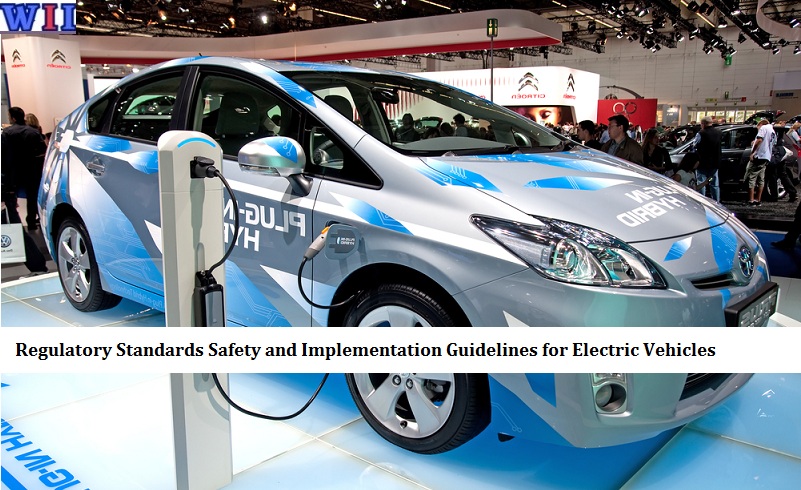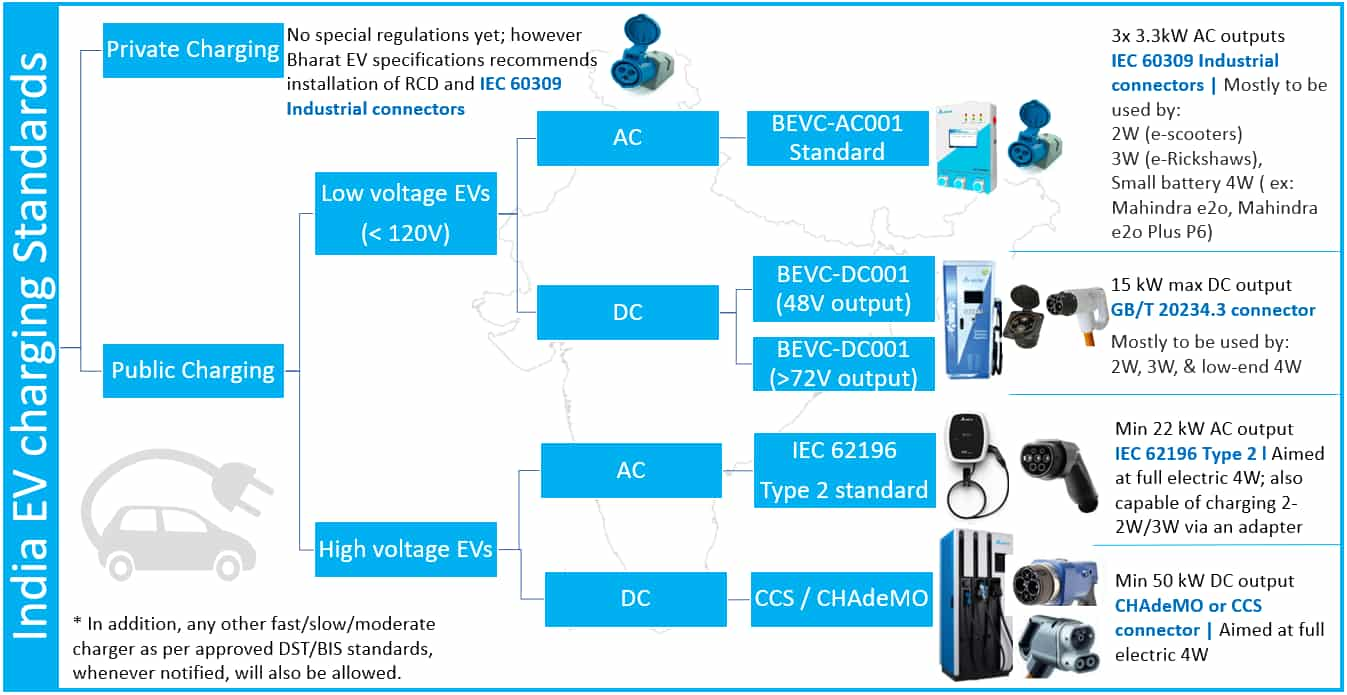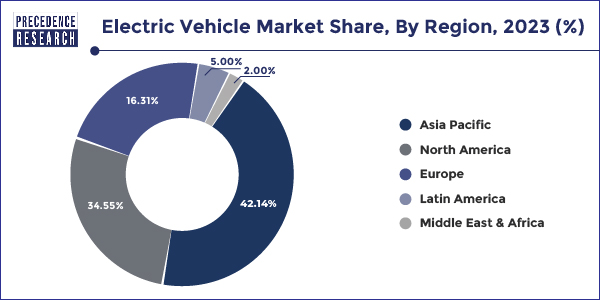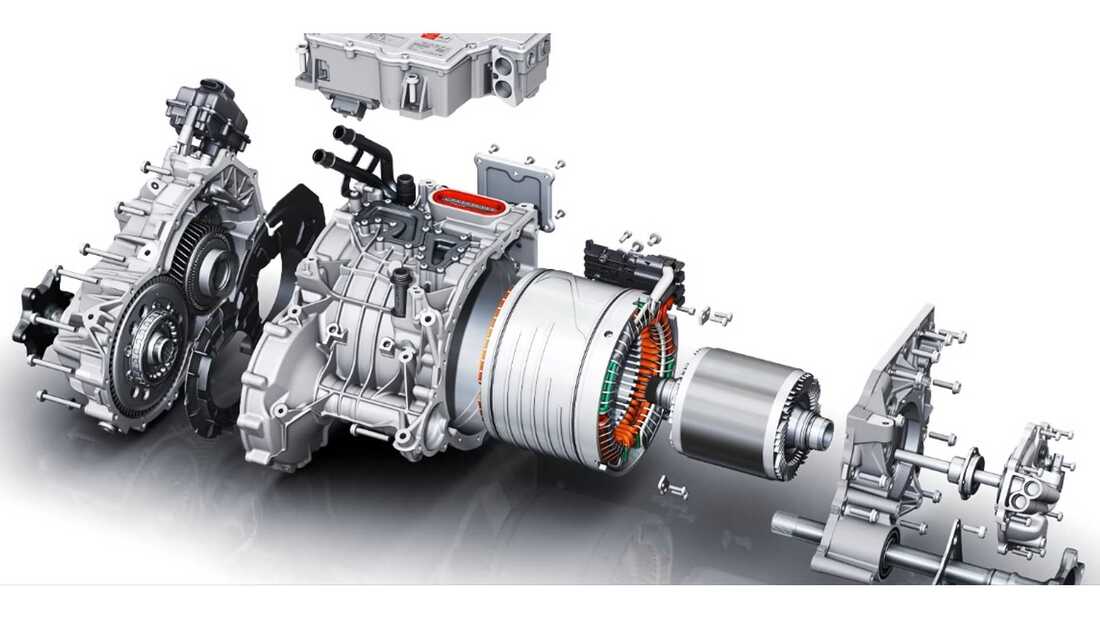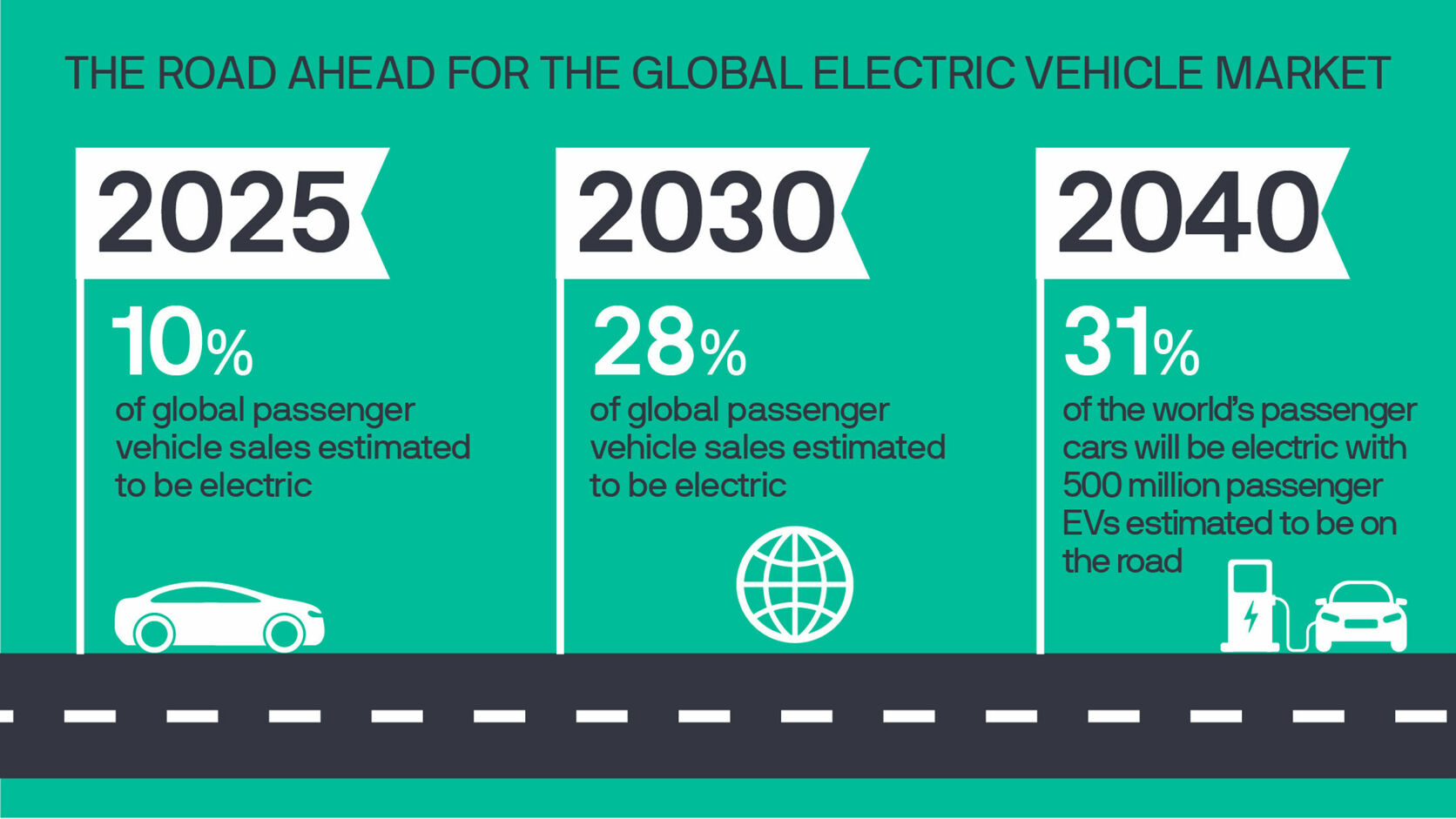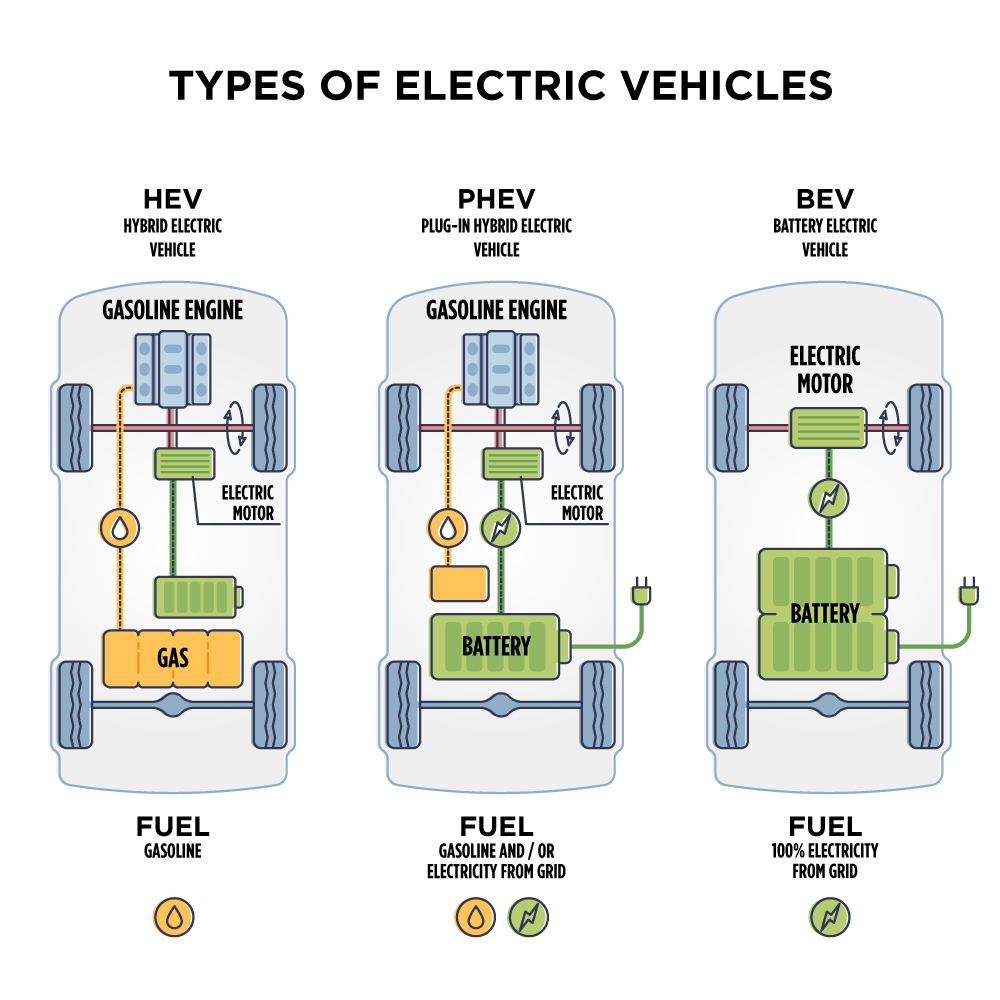Understanding the Evolving Landscape of Electric Motor Standards
The electric vehicle (EV) industry is rapidly evolving, driven by increasing demand for sustainable and environmentally friendly transportation solutions. As the market continues to grow, regulatory bodies are implementing new standards and guidelines to ensure the safety, performance, and environmental sustainability of EVs. Electric vehicle and electric motor regulatory affairs have become a critical aspect of the industry, with manufacturers facing complex and ever-changing requirements. In this article, we will provide a comprehensive guide to navigating the complex world of electric vehicle regulations, highlighting key trends, best practices, and strategies for ensuring compliance.
Regulatory compliance is crucial for EV manufacturers, as non-compliance can result in significant fines, reputational damage, and even product recalls. Moreover, the EV industry is subject to a wide range of regulations, from safety and performance standards to environmental and energy efficiency requirements. Manufacturers must stay up-to-date with changing regulations, ensuring that their products meet the latest standards and guidelines. This requires a deep understanding of electric vehicle and electric motor regulatory affairs, as well as the ability to adapt to evolving requirements.
Furthermore, the EV industry is characterized by a complex web of international standards, national regulations, and industry-specific guidelines. Manufacturers must navigate this complex landscape, ensuring that their products meet the requirements of multiple regulatory bodies. This can be a daunting task, particularly for smaller manufacturers or those new to the industry. However, by understanding the evolving landscape of electric motor standards, manufacturers can ensure compliance, reduce risk, and maintain a competitive edge in the market.
In the following sections, we will delve deeper into the world of electric vehicle and electric motor regulatory affairs, exploring key trends, best practices, and strategies for ensuring compliance. We will examine the role of international standards, the impact of regulations on supply chain management, and the importance of testing and certification. By the end of this article, manufacturers will have a comprehensive understanding of the complex regulatory landscape, enabling them to navigate the challenges and opportunities of the EV industry with confidence.
How to Ensure Compliance with Electric Motor Regulations
Ensuring compliance with electric motor regulations is crucial for electric vehicle manufacturers to avoid costly fines, reputational damage, and product recalls. To achieve compliance, manufacturers must implement a robust regulatory affairs strategy that includes conducting thorough risk assessments, implementing quality management systems, and maintaining accurate documentation. In this section, we will provide practical tips and strategies for electric vehicle manufacturers to ensure compliance with electric motor regulations.
Conducting thorough risk assessments is a critical step in ensuring compliance with electric motor regulations. This involves identifying potential risks and hazards associated with electric motor design, manufacturing, and testing. Manufacturers must assess the risks of non-compliance, including the potential for fines, product recalls, and reputational damage. By conducting thorough risk assessments, manufacturers can identify areas for improvement and implement corrective actions to ensure compliance.
Implementing quality management systems is also essential for ensuring compliance with electric motor regulations. This involves establishing a quality management system that meets the requirements of international standards, such as ISO 9001. Quality management systems provide a framework for ensuring that electric motors are designed, manufactured, and tested to meet regulatory requirements. Manufacturers must ensure that their quality management systems are regularly audited and updated to reflect changing regulatory requirements.
Maintaining accurate documentation is also critical for ensuring compliance with electric motor regulations. This involves maintaining detailed records of electric motor design, manufacturing, and testing, including documentation of risk assessments, quality management systems, and testing and certification. Manufacturers must ensure that their documentation is accurate, complete, and up-to-date, and that it is readily available for regulatory inspections and audits.
Additionally, manufacturers must stay up-to-date with changing regulatory requirements, including updates to international standards and national regulations. This involves monitoring regulatory developments, attending industry conferences and workshops, and participating in regulatory working groups. By staying informed about changing regulatory requirements, manufacturers can ensure that their electric motors meet the latest standards and guidelines.
By implementing these strategies, electric vehicle manufacturers can ensure compliance with electric motor regulations, reducing the risk of non-compliance and ensuring the safety, performance, and environmental sustainability of their products. In the next section, we will discuss the role of international standards in shaping electric vehicle regulations, and how these standards provide a framework for ensuring safety, performance, and environmental sustainability.
The Role of International Standards in Shaping Electric Vehicle Regulations
International standards play a crucial role in shaping electric vehicle regulations, providing a framework for ensuring safety, performance, and environmental sustainability. The International Electrotechnical Commission (IEC) is a key player in developing international standards for electric vehicles, including standards for electric motor design, manufacturing, and testing. These standards provide a common language and set of requirements for electric vehicle manufacturers, enabling them to design and build vehicles that meet regulatory requirements and customer expectations.
The IEC has developed a range of standards for electric vehicles, including IEC 60364, which covers the safety of electric vehicles, and IEC 62660, which covers the performance and testing of electric vehicle batteries. These standards provide a comprehensive framework for ensuring the safety and performance of electric vehicles, and are widely adopted by regulatory bodies and manufacturers around the world.
In addition to the IEC, other international organizations, such as the International Organization for Standardization (ISO) and the Society of Automotive Engineers (SAE), also play a role in developing standards for electric vehicles. These organizations work together to develop harmonized standards that can be adopted by regulatory bodies and manufacturers, reducing the complexity and cost of compliance.
The adoption of international standards for electric vehicles has a number of benefits, including improved safety, reduced costs, and increased efficiency. By adopting common standards, manufacturers can reduce the complexity and cost of compliance, and focus on designing and building vehicles that meet customer needs. Regulatory bodies can also benefit from the adoption of international standards, as they provide a clear and consistent framework for ensuring compliance.
However, the adoption of international standards for electric vehicles also presents challenges, including the need for coordination and cooperation between regulatory bodies and manufacturers. Ensuring compliance with international standards requires a high degree of coordination and cooperation, as well as a deep understanding of the standards and their requirements.
Despite these challenges, the adoption of international standards for electric vehicles is an important step towards ensuring the safety, performance, and environmental sustainability of electric vehicles. By providing a common language and set of requirements, international standards can help to reduce the complexity and cost of compliance, and enable manufacturers to design and build vehicles that meet regulatory requirements and customer expectations.
Electric Vehicle Regulatory Affairs: A Comparative Analysis of Global Markets
The electric vehicle (EV) industry is a global market, with manufacturers operating in multiple countries and regions. However, the regulatory landscape for EVs varies significantly across different markets, with each region having its own unique set of regulations and standards. In this section, we will compare and contrast EV regulations across different global markets, including the European Union, the United States, and China.
The European Union (EU) has implemented a comprehensive set of regulations for EVs, including the EU’s Alternative Fuels Infrastructure Directive, which requires member states to develop a network of charging points for EVs. The EU has also established a set of technical standards for EVs, including the EU’s Type-Approval Framework, which sets out the technical requirements for EVs.
In contrast, the United States has a more fragmented regulatory landscape for EVs, with different states and federal agencies having different regulations and standards. However, the US has implemented a number of initiatives to promote the adoption of EVs, including the federal tax credit for EVs and the development of a national network of charging points.
China has also implemented a number of regulations and incentives to promote the adoption of EVs, including the Chinese government’s “New Energy Vehicle” policy, which sets out a target of 5 million EVs on the road by 2025. China has also established a set of technical standards for EVs, including the Chinese national standard for EVs, which sets out the technical requirements for EVs.
Despite these differences, there are also some similarities between the regulatory landscapes for EVs in different markets. For example, all three markets have implemented regulations and standards for EV safety, including requirements for crash testing and electromagnetic compatibility.
Manufacturers operating in multiple markets must navigate these different regulatory landscapes, ensuring compliance with the relevant regulations and standards in each market. This can be a complex and time-consuming process, requiring significant resources and expertise.
However, by understanding the regulatory landscape for EVs in different markets, manufacturers can better navigate the complexities of compliance and ensure that their products meet the relevant regulations and standards. This can help to reduce the risk of non-compliance and ensure the safety and performance of EVs.
The Impact of Electric Vehicle Regulations on Supply Chain Management
Electric vehicle regulations have a significant impact on supply chain management, requiring manufacturers to ensure transparency, traceability, and compliance throughout the supply chain. This includes ensuring that all components and materials used in the production of electric vehicles meet regulatory requirements, as well as maintaining accurate documentation and records of supply chain activities.
One of the key challenges in managing supply chain risk is ensuring that all suppliers and partners are compliant with electric vehicle regulations. This requires manufacturers to conduct thorough risk assessments and due diligence on their suppliers,
The Impact of Electric Vehicle Regulations on Supply Chain Management
Electric vehicle regulations have a significant impact on supply chain management, requiring manufacturers to ensure transparency, traceability, and compliance throughout the supply chain. This includes ensuring that all components and materials used in the production of electric vehicles meet regulatory requirements, as well as maintaining accurate documentation and records of supply chain activities.
One of the key challenges in managing supply chain risk is ensuring that all suppliers and partners are compliant with electric vehicle regulations. This requires manufacturers to conduct thorough risk assessments and due diligence on their suppliers,
The Impact of Electric Vehicle Regulations on Supply Chain Management
Electric vehicle regulations have a significant impact on supply chain management, requiring manufacturers to ensure transparency, traceability, and compliance throughout the supply chain. This includes ensuring that all components and materials used in the production of electric vehicles meet regulatory requirements, as well as maintaining accurate documentation and records of supply chain activities.
One of the key challenges in managing supply chain risk is ensuring that all suppliers and partners are compliant with electric vehicle regulations. This requires manufacturers to conduct thorough risk assessments and due diligence on their suppliers,
The Impact of Electric Vehicle Regulations on Supply Chain Management
Electric vehicle regulations have a significant impact on supply chain management, requiring manufacturers to ensure transparency, traceability, and compliance throughout the supply chain. This includes ensuring that all components and materials used in the production of electric vehicles meet regulatory requirements, as well as maintaining accurate documentation and records of supply chain activities.
One of the key challenges in managing supply chain risk is ensuring that all suppliers and partners are compliant with electric vehicle regulations. This requires manufacturers to conduct thorough risk assessments and due diligence on their suppliers,

